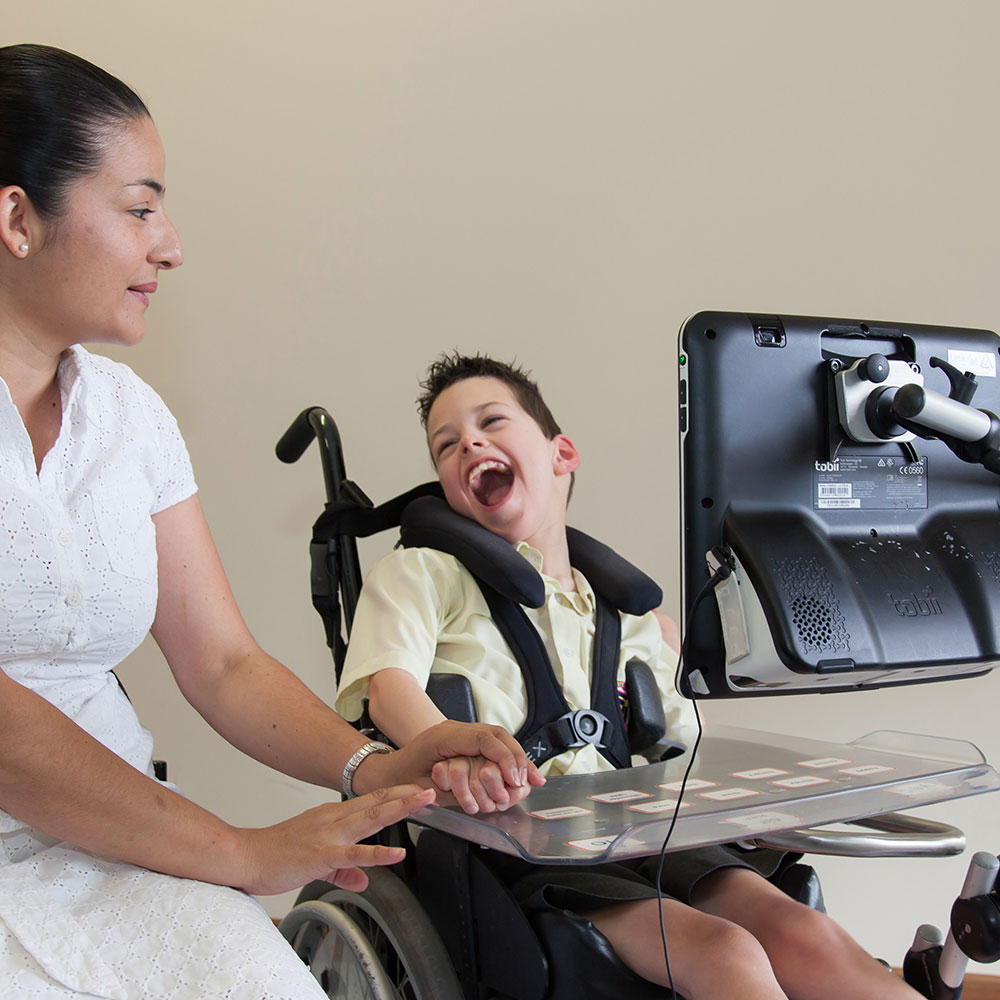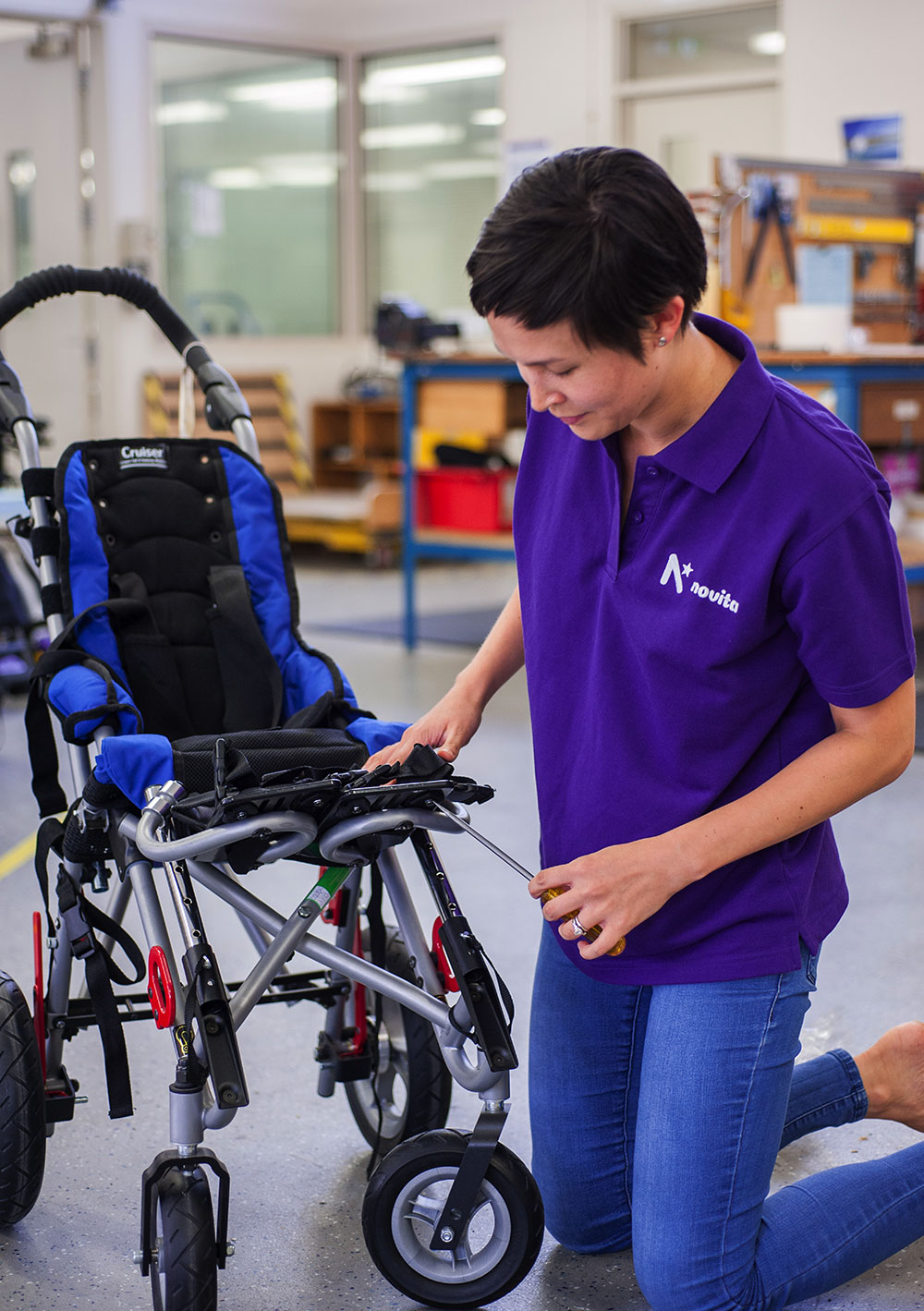Wheelchairs, pushers and scooters
Having the right set of wheels can be the key to independence, comfort and safety for a user. Depending on the individual situation, the right chair can range from basic off-the shelf models, to individually designed and custom manufactured models. There may be a combination of features that are used for the ideal chair for an individual and the range available includes:
Manual wheelchairs
Designed for a person to push themselves (“self-propel”), or for a person whose chair will be pushed by others
Powered wheelchairs
Designed for a person to drive themselves with a joystick, switches or other controller, or for another person to control with a rear mounted joystick
Folding wheelchairs
For easy transport in the boot of a car
Wheelchairs and pushers
Safety tested for a passenger to sit in when travelling in an accessible vehicle (e.g. a van or access taxi)
Wheelchairs
Basic seat and back, for occasional or short term use
Wheelchairs
Custom made to the users body size and shape, including supportive seating to protect the user’s spine and skin
Wheelchairs
With trays and other accessories to increase independence and functionality. Wheelchairs be adjusted and tilted, to provide a position change to suit different activities, as well as comfort and pressure relief
Power Assist technology
Motor is added to the wheels of a manual wheelchair so that a person can push for longer and with less effort
Pushers with additional support
Enabling a safe and functional position for toddlers and young children living with physical disability
Larger sized pushers
For kids who are taller or heavier than can fit into typical pushers

